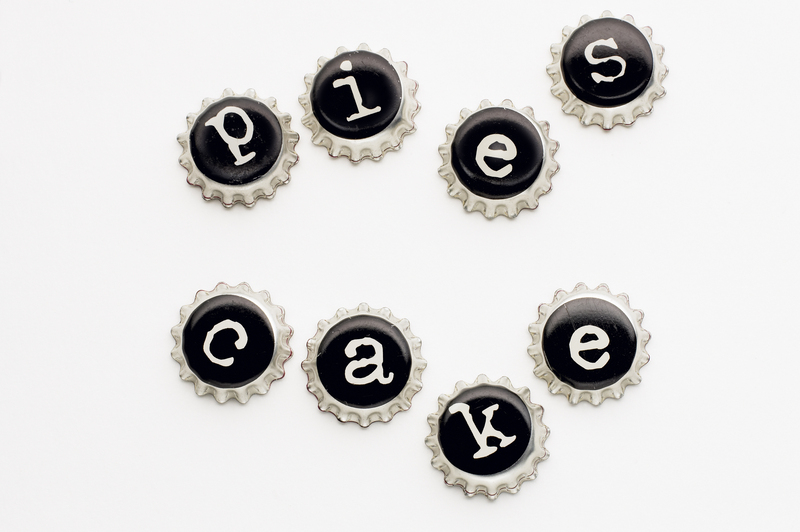How to Protect the Planet When Throwing Away PPE
In recent years, the widespread use of Personal Protective Equipment (PPE) has become essential for personal and public health, particularly during pandemics like COVID-19. However, the environmental impact of discarded PPE, such as masks, gloves, gowns, and face shields, has become a growing concern. Incorrect disposal of these single-use items can contribute significantly to pollution, wildlife hazards, and landfill overflow. If you're wondering how to protect the planet when throwing away PPE, this comprehensive guide provides eco-friendly and practical tips to help minimize your environmental footprint.
Understanding the Environmental Impact of PPE Waste
Before diving into eco-friendly PPE disposal methods, it's crucial to understand the real-world impact of improper PPE disposal.
- Plastic Pollution: Most disposable masks, gloves, and gowns are made from polymers like polypropylene, which can take hundreds of years to decompose.
- Wildlife Hazard: Animals can mistake PPE for food, leading to ingestion or entanglement, both of which can be fatal.
- Spread of Disease: Used PPE may carry pathogens, potentially spreading diseases if not disposed of safely and correctly.
- Increased Landfill Waste: The billions of single-use PPE items used globally add enormous pressure on already overloaded landfills.

Best Practices for Disposing of PPE Responsibly
Protecting the planet while safeguarding personal health might seem challenging, but small conscious actions can make a big difference. Here are top strategies to help you dispose of PPE sustainably.
1. Reduce PPE Usage When Safe and Appropriate
The best way to limit PPE waste is by reducing reliance on single-use items, where possible.
- Opt for Reusable PPE: When allowed, choose washable cloth masks and gowns instead of disposables. These can be sanitized and reused multiple times.
- Avoid Unnecessary PPE: Don't use gloves or masks when not required. Follow public health guidelines to determine when PPE is appropriate.
2. Correctly Disposing of Single-Use PPE
If you must use single-use gear, the most important step is to dispose of PPE properly to prevent pollution and avoid contaminating others.
- Place used PPE in a lined trash bin--never in recycling bins, as most facilities do not process contaminated materials.
- If possible, snip the ear loops or straps on masks to reduce the risk of wildlife entanglement.
- Double-bag used PPE if it is contaminated, and always wash your hands after handling.
3. Participate in PPE Recycling Initiatives
Some organizations and trash management companies now offer PPE recycling programs. Here's how you can take advantage:
- Research local recycling options--some companies accept masks, gloves, and other PPE for specialized processing.
- Use dedicated PPE disposal bins in hospitals, airports, or other public spaces.
- Explore mail-in recycling schemes (like TerraCycle) that collect bulk PPE waste for safe recycling.
4. Support and Advocate for Better PPE Design
Many PPE items are made from non-biodegradable materials. You can make a difference by:
- Choosing biodegradable or compostable PPE options, such as plant-based masks, when available.
- Supporting companies that invest in eco-friendly PPE research and production.
- Promoting public investment in sustainable PPE with your workplace, community, or representatives.
Creative Ways to Reduce PPE Waste
Embracing Reusable and Washable PPE
Reusable PPE options aren't just safer for the environment--they can also save you money in the long term.
- Cloth Face Masks: Use multi-layered masks made from tightly woven fabric. Regularly wash them using hot water and soap.
- Washable Face Shields and Gowns: Purchase versions that can be disinfected and reused.
DIY PPE: A Sustainable Alternative
Handmaking your own PPE, such as face masks, from old clothing or household textiles is a practical and sustainable approach. This not only minimizes waste but also personalizes your protection.
- Reuse cotton fabric for DIY masks or covers.
- Follow reliable patterns and use approved materials to ensure effectiveness.
- Teach family and friends about PPE crafting to broaden the impact.
Upcycling PPE When Possible
Certain types of PPE (for example, face shields with plastic visors) can sometimes be creatively upcycled for non-medical uses:
- Use clean visors for art projects or as protection during DIY activities around the home.
- Donate unused PPE items to organizations or shelters in need, rather than discarding.
What Not To Do: PPE Disposal Mistakes to Avoid
To protect the planet when discarding PPE, avoid the following common mistakes:
- Do not flush masks or gloves down the toilet--this causes sewage blockages and marine pollution.
- Avoid littering PPE items in public places or nature. Not only is this harmful, but it is often illegal.
- Do not put used PPE in standard recycling bins--this contaminates recycling streams and can endanger workers.
Step-by-Step PPE Disposal for Households
- Remove Carefully: Avoid touching the outside of your mask or gloves.
- Place in a Sealed Bag: Seal the mask or gloves in a small plastic or biodegradable bag.
- Seal the Waste Bin: Deposit the sealed bag in your household waste (not recycling).
- Sanitize: Wash your hands thoroughly for at least 20 seconds.
This method minimizes contact, prevents contamination, and stops PPE from entering the environment.
Special Considerations: PPE from Healthcare Settings
Healthcare facilities and businesses must adhere to stricter guidelines for hazardous waste, including PPE disposal. Focus on these best practices:
- Use clearly labelled, leak-proof bins for all medical PPE waste.
- Ensure waste management follows local government regulations and environmental best practices.
- Contract with specialized medical waste disposal services for high-risk materials.
Sustainable PPE Disposal: What's the Future?
The urgent need for planet-friendly ways to throw away PPE has led to innovation in both product design and waste management. Future trends include:
- Widespread use of compostable PPE products made from bioplastics.
- Development of high-efficiency PPE recycling plants.
- New legislation to promote greener manufacturing and responsible use guidelines.
As individuals, supporting these changes by making responsible choices and advocating for better policies amplifies collective action toward a cleaner, greener planet.
What You Can Do Every Day
Here are everyday actions to help minimize PPE waste and contribute to environmental protection:
- Carry your reusable mask and a backup to avoid reaching for single-use options.
- Keep your PPE disposal knowledge up-to-date--check with your municipality for new recycling programs.
- Talk to family, friends, and your workplace about safe, environmentally friendly PPE disposal.
- Support brands innovating for eco-friendly protection.
Key Takeaways on How to Protect the Planet When Throwing Away PPE
- Reduce reliance on single-use PPE whenever possible.
- Dispose of PPE correctly; never litter, recycle, or flush items.
- Seek out PPE recycling solutions and support greener products.
- Spread awareness about responsible PPE waste practices.

Frequently Asked Questions (FAQ)
Can PPE Be Recycled?
Most single-use PPE cannot go in normal recycling because it is made from mixed plastics and may be contaminated. However, some companies and municipalities now offer targeted PPE recycling programs. Research local options for PPE recycling in your area.
Are There Biodegradable PPE Options?
Yes! Some manufacturers are developing masks and gloves made from biodegradable materials like polylactic acid (PLA). Always check labels and manufacturer information for details.
Is Burning PPE Safe?
No. Incinerating PPE at home or in open spaces releases toxic pollutants. Only industrial facilities with the right filtration systems are equipped to dispose of PPE safely via incineration.
Can Reusable PPE Offer Equal Protection?
When cleaned and maintained correctly, reusable cloth face masks and washable gowns can offer effective protection for most non-medical settings. Always follow public health guidelines on usage and care.
Conclusion: Small Changes, Big Impact
Protecting the planet when discarding PPE isn't just an individual responsibility; it's a collective movement. By making conscious, informed choices--reducing single-use items, disposing safely, opting for reusable or biodegradable products, and educating others--you become a vital part of the solution. Together, we can balance our health needs with the urgent imperative to safeguard our environment for future generations.
Let's all commit to sustainable PPE disposal practices and inspire others to do the same. Every mask, glove, or gown you throw away thoughtfully is a step toward a cleaner, safer world.